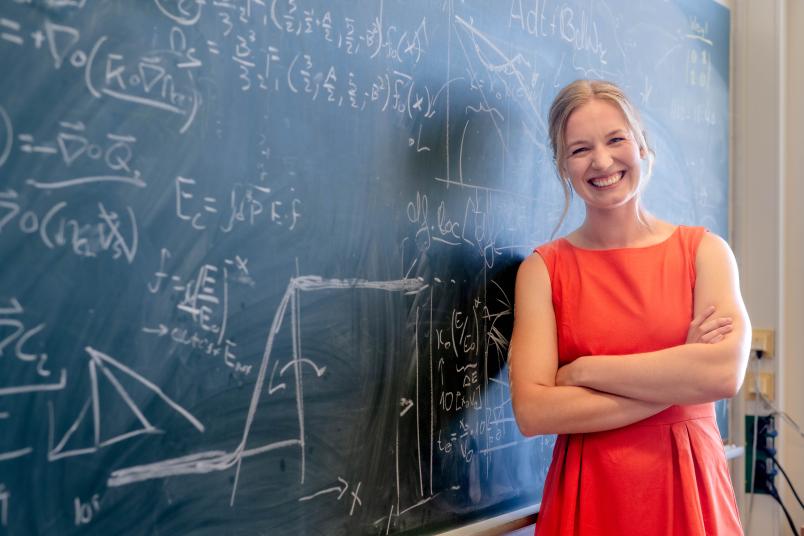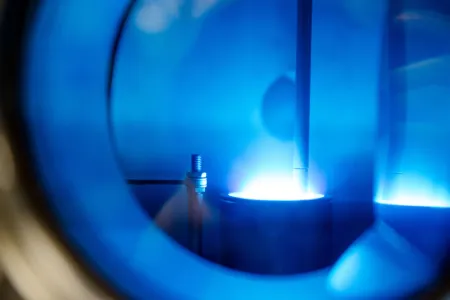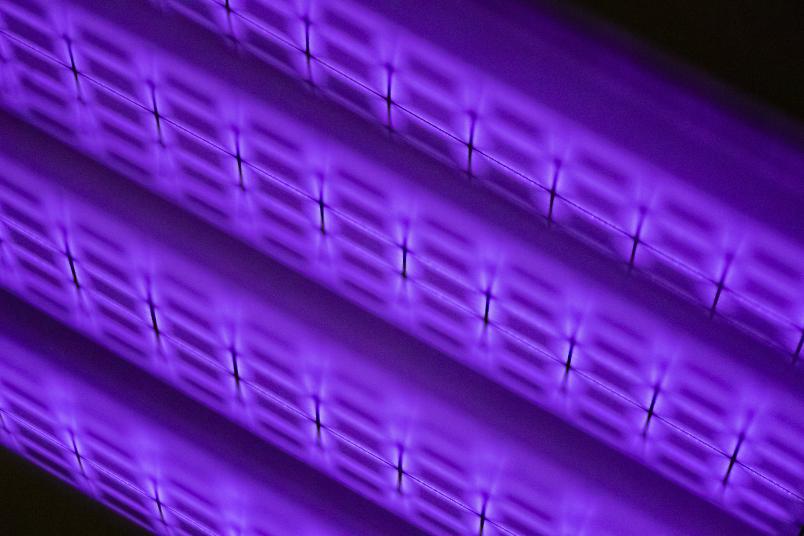
Physics
Sophie Aerdker’s laboratory is outer space
Time and again, astrophysicist Sophie Aerdker is thrilled when experimental results confirm previously calculated models. But equally so when they don’t.
What is it about plasma research that’s so exciting for you and keeps you eager to get to the lab every morning?
The versatility of plasma physics is what does it for me! I work in the field of astrophysics – or more precisely at the Chair for Plasma Astroparticle Physics. The term alone gives you an idea of how many areas of physics are brought together here. Our plasma laboratory is outer space: we observe and test our theories both with telescopes on Earth and with space telescopes like the Hubble telescope. We can, for example, see how high-energy particles interact with plasmas such as the solar wind.
My work involves making predictions based on our theories, which can then be proved – or disproved – with observations.
I very much enjoy working together with other PhD students and postdocs at our institute to refine the existing models and to compare them with observations in the final stage of a project!
What has been the most exciting discovery so far? Which result surprised you the most?
In physics, it’s often possible to use different approaches to describe the same phenomenon; the predictions, however, remain the same in each case – if they are not, there’s something wrong with the approach. We often use this combination of different descriptions of the same phenomenon to refine or test models.
It’s always fascinating when an idea works out and we can verify our models. But it’s just as exciting when the outcomes are not the same: is the approach at fault, is there perhaps a phenomenon that can only be described with one but not the other approach? Or is there an error in the method, for example how we calculate something, using simulations or pen and paper? Once troubleshooting is done, we often understand a new or even an old phenomenon much better.
You are the spokesperson for the Early Career Researchers. What do you hope for this group of researchers? What do you advocate for?
For us early career researchers, the network of Collaborative Research Centre 1491 is an enormous opportunity. First of all, from a professional point of view, because theory and observation are closely intertwined in every project. That makes it much easier to think outside the confines of our own institute. But just as important is the exchange about our project management and career prospects.
I’m committed to fostering our professional skills, for example at summer schools, and at the same time I advocate opportunities to exchange ideas in rather more informal settings, for example at the Christmas market in Bochum.

